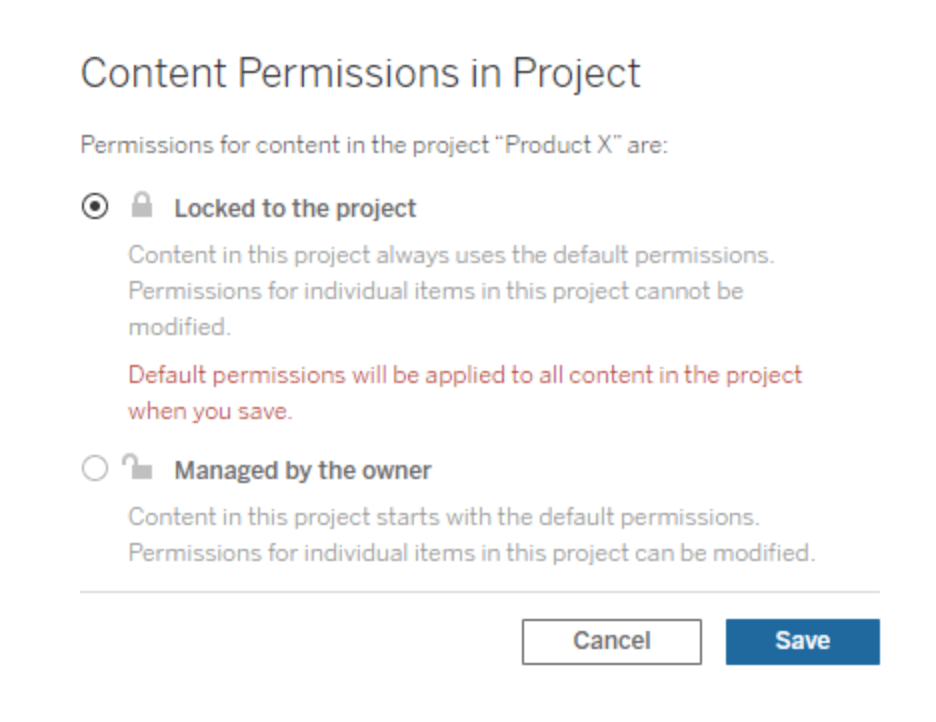As Tableau evolves in your company over time, there will need to be some adjustments made to your sites. This is called site management. Site management consists of a number of areas to ensure that your Tableau sites are performing to the best of their capabilities, scalable and structured. This involves managing users, groups, content, projects and data. This blog will focus on four best practises for user management in Tableau Server. Without further ado, let’s move on to number one:
Use a Single Site if There are No Unique Users
If your organisation does not have unique set of users or content, it is suitable to use a single site within your server. Several advantages arise by doing this:
- Users are able to easily access content that is both shared across the company and shared within the organisation.
- Content can easily be moved from one project to another.
- Content management can be delegated to the project level.
It is important to ask the question “Do all my users require the same data source and visualisations?” If the answer is yes, you should think about only using one site for your organisation. Just to note, this best practice tip is more useful when your organisation is at a smaller size.
Site Administrators for Scalability
For scalability of your Tableau server, it is important to use site administrators. Compared to the previous tip, this best practice is more important when your organisation uses multiple sites and is a larger organisation. The benefits include:
- Each audience functions more efficiently since there is a dedicated site administrator who can respond to needs faster.
- Site administrators can sort and allocate user issues and escalate to the server administrators if needed.
- Frees server administrators to focus more on server level tasks rather than site tasks.
In addition, this point very much depends on the governance model that your organisation is implementing. For more information on governance in Tableau, see this link.
Manage Groups Rather Than Individual Users

When it comes to working with users in your Tableau Server, it is a very important best practice to use groups rather than individual users when managing. A number of tips can be given on how these groups should be constructed and the benefits of them. First of all:
- The groups should be functional groups, not organisational groups.
What I mean by that is grouping users that serve the same function or perform the same activities rather than grouping users based on their role in the organisation. For example, if the marketing team in an organisation is considered as a whole unit, it is good to break apart the team into functional groups such as Marketing Data Stewards, Marketing Authors, Marketing Approvers, etc… where each group gets their own set of permissions for interacting with the server.
Using functional groups ensures that each groups has its shared set of responsibilities and permissions. Therefore allowing users to interact with the right set of content correctly. Using groups is also useful for scalability. As employees leave or come into the organisation, user management will be eased with the inclusion of groups.
Pay Attention to Permissions
Lastly, it is very important that permissions within your Tableau server is set up correctly for user management. There are two ways that ensures that working with permissions is more manageable and predictable. The first one is:
Apply Permissions at the Top-Level Project Level
It is best practice to apply permissions at the top-level project level and not on nested projects, workbooks, views, data sources and flows. Applying permissions to top-level ensures that the set of permissions apply to all resources within that project. Having one set of permissions is much more manageable than having several for each resource in a project.
In addition, the permissions should be locked to the project.

When the content permissions are locked at the top-level project. The users will not be able to change individual permissions on the nested resources. This also ensures that the permissions become more predictable. Other than locking content permissions at top-level project, you also can:
Apply Permissions to Functional Groups
One of the most important reasons why it is best practice to manage groups rather than individuals is so that specific permissions can be applied to specific groups. This makes it much more manageable than assigning separate permissions to specific users. Just like assigning permissions to top-level projects, this ensures that the permissions are scalable, predictable and more manageable. For more general information on permission, visit this guide.
Visit our site The Information Lab NL to see more blog posts, our training and consultancy services regarding Tableau, Alteryx and Snowflake.

